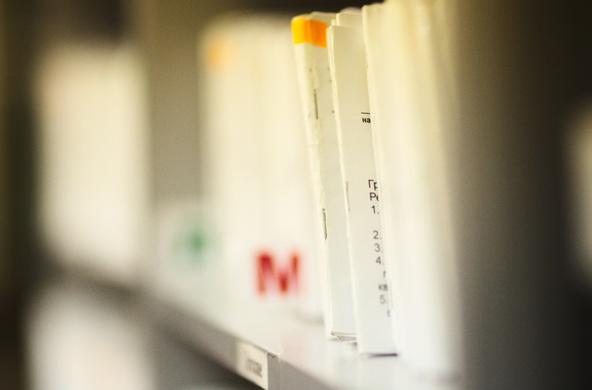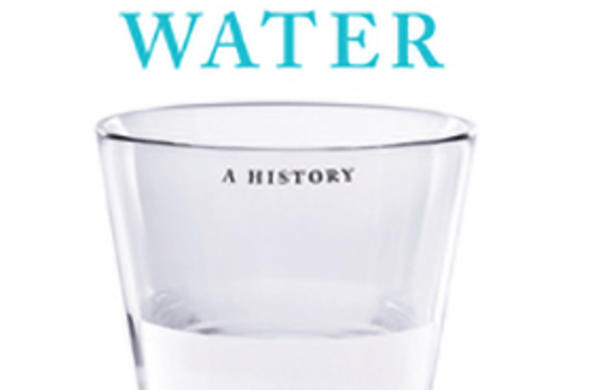Pharmaceuticals are found in surface waters around the world. These compounds evade wastewater treatment infrastructure, pollute drinking water, and impact aquatic ecosystems.
Read on to learn more about this issue, how Cary research is advancing understanding of the impacts of pharmaceutical compounds on stream ecosystems, and steps you can take to help stem the tide of pharmaceutical pollution.
Pharmaceutical pollution is present in rivers, streams, and groundwater globally.
- Wastewater treatment facilities are not designed to filter out most pharmaceutical compounds
- Pharmaceuticals also enter freshwaters directly via failing sewage pipes, sewer overflows, and agricultural runoff
- The federal government does not require testing and has not set limits for drugs in water
Pharmaceutical pollution can alter the biology and behavior of aquatic life.
- Hormonal compounds found in birth control have been shown to feminize fish
- Antidepressant exposure can alter fish feeding behavior, incite aggression, and can make tadpoles more susceptible to predation
- Cary-led studies have found that antidepressants and amphetamines disrupt the lifecycle of aquatic insects and antibiotics shift the composition of stream bacteria
- The U.S. Geological Survey found pharmaceutical pollution in 80% of water samples drawn from a network of 139 streams in 30 states. Credit: AJ Reisinger
We are working to understand the problem.
Through field studies and experiments in our Artificial Stream Facility, we are investigating:
- How stream life is altered by pharmaceutical mixtures
- Which pharmaceuticals are passed up the food web
- How other forms of pollution, like micro-plastics, amplify the problem
You can help reduce pharmaceutical pollution in our rivers, streams, and groundwater.
- Never flush drugs. Instead, bring unwanted medications to a drug take-back location in your area. (See back for local take-back sites.)
- Be an advocate for sewer, septic, and wastewater treatment plant upgrades
- Whenever possible, minimize the use of prescriptions and avoid bulk purchases that are likely to leave you with excess meds
- Let policymakers know that this is a problem that you care about

Where you can take your unused medication:
Dutchess Country drug take-back locations
The following are open 24/7:
- Dutchess County Sheriff’s Office, 150 North Hamilton St., Poughkeepsie
- New York State Police, Troop K Headquarters, 2541 Route 44, Salt Point
- City of Beacon Police Department, 1 Municipal Plaza, Beacon
- East Fishkill Police Department, 2468 Route 52, Hopewell Junction
- Hyde Park Police Department, 3 Cardinal Road, Hyde Park
- Town of Poughkeepsie Police Department, 19 Tucker Drive, Poughkeepsie
- Wappingers Falls Police Department, 2628 South Ave., Wappingers Falls
These locations are open during the hours specified:
- Village of Millerton Police Department, 21 Dutchess Ave., Millerton // Monday-Friday, 9am to 4pm; Saturday, noon-midnight; Sunday, 4pm-midnight
- Village of Red Hook Police Department, 7467 South Broadway, Red Hook // Daily, 8am to midnight
- Dutchess County Sheriff’s Office Pawling Substation, 9 Memorial Ave., Pawling // Residents can call 845-486-3000 to make arrangements for drop-off
More options
Find additional participating take-back locations.
The New York State Department of Environmental Conservation is expanding the state’s drug take-back program to include pharmacies, hospitals, and long-term care facilities, in addition to existing police station drop boxes. New collection facilities are opening in rounds; find the newest additions.




